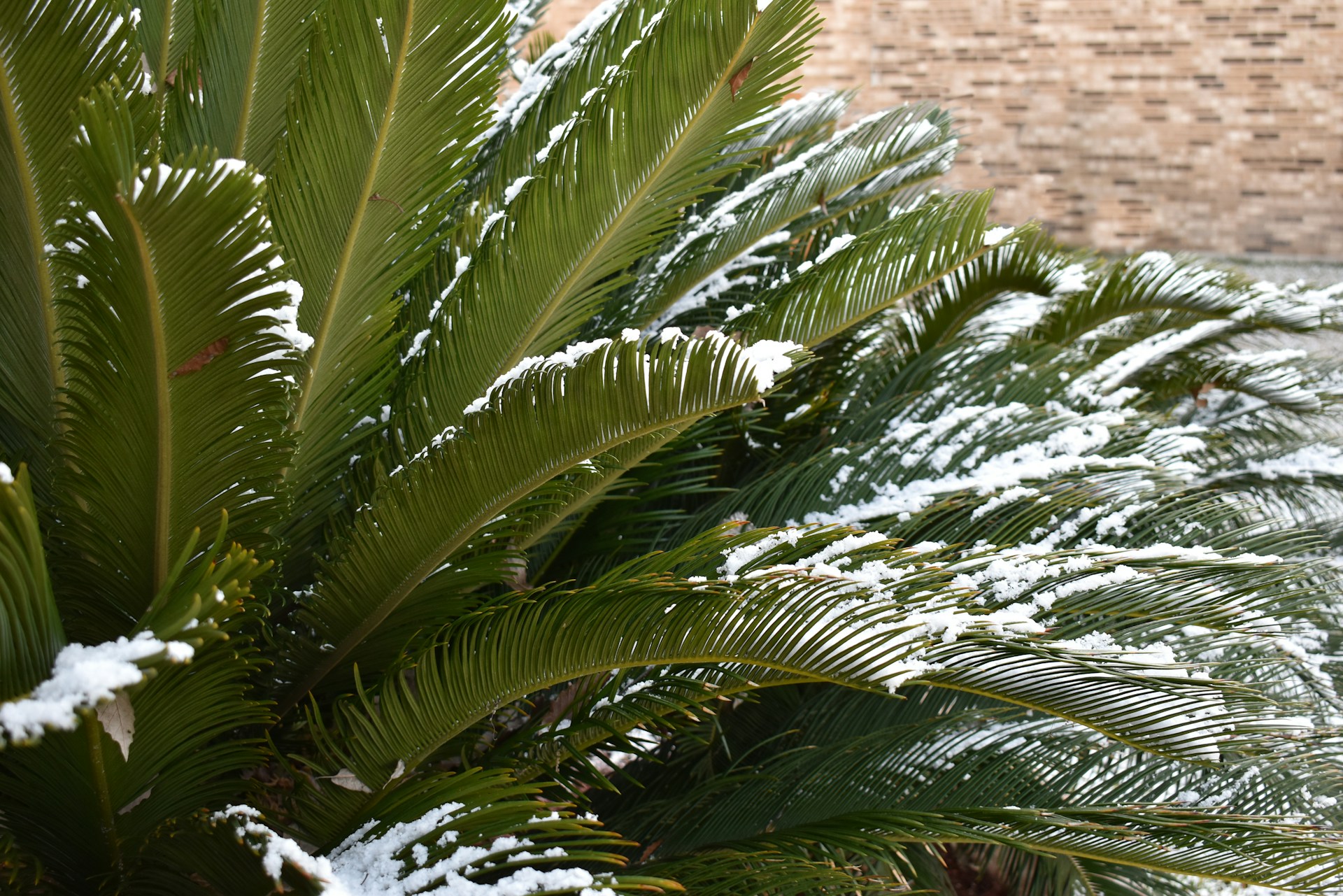Winter can be tough on plants, especially when temperatures drop below freezing. Protecting your garden from frost is essential to keep your plants healthy and thriving. By taking the right steps, you can ensure that your plants survive and bounce back when warmer weather returns.
Knowing which plants are most vulnerable to freezing is a good starting point. Once you identify these, you can take steps to safeguard them from frost damage. Using covers and adding mulch are two effective methods to provide insulation and keep the cold at bay.
By adjusting your regular gardening practices like watering and pruning, you can also help your plants withstand the chill. With a little preparation and care, your garden can stay protected and ready to flourish when spring arrives.
Identifying Freeze-Sensitive Plants
Before protecting your plants, it’s essential to know which ones are most at risk during freezing temperatures. Some plants handle cold better than others, so identifying vulnerable species helps you focus your efforts where they’re needed most.
Certain plants are more prone to damage in cold weather, often due to their origins or water content. Tropical or subtropical plants, like hibiscus and bougainvillea, are particularly sensitive to frost. These plants thrive in warmer climates and usually can’t handle temperatures below freezing.
Succulents, with their water-filled leaves, are also susceptible. When the water in their tissues freezes, it can cause cell damage and leave the plants soft and mushy. While succulents are drought-tolerant, they’re not always frost-resistant.
Young plants, regardless of type, often struggle with cold weather. Their smaller root systems and tender growth make them less resilient to sudden temperature drops. Newly planted perennials and annuals, like impatiens and petunias, are examples of young plants that need extra attention.
To identify other freeze-sensitive plants in your garden, consider:
1. Checking plant tags or labels for temperature ranges.
2. Researching specific plant needs and vulnerabilities online.
3. Observing which plants appear wilted or damaged after a frost.
Focusing on these tips helps ensure the most susceptible plants get the attention they need to survive winter’s chill.
Effective Covering Techniques
Covering plants is a simple yet effective way to protect them from freezing temperatures. The goal is to trap heat from the ground and provide a barrier against cold winds. Different materials work well to achieve this, each with unique benefits.
1. Burlap or Frost Blankets: These are great for covering larger plants or shrubs. They’re breathable yet protective, allowing a bit of airflow while reducing frost exposure.
2. Sheets or Towels: Common household items like old sheets or towels can effectively shield smaller plants. These materials should be removed daily to prevent condensation from causing other issues like mold.
3. Plastic Covers: Use plastic as a last resort since it can trap too much moisture. If necessary, ensure plants are covered loosely and breathable openings are left to avoid plant damage.
4. Cloches: These are rigid covers often made from glass or plastic, ideal for single, small plants. They provide a greenhouse-like effect, keeping plants warmer.
When applying covers, ensure they reach the ground, trapping heat close to the plant. Secure coverings with rocks or stakes to prevent them from blowing away. Remember, the earlier you cover your plants, the better they can retain ground warmth. By using these effective methods, plants stay cozy and better withstand freezing conditions.
Using Mulch for Insulation
Mulch is a great tool for protecting plants during the winter. It acts as an insulator, keeping heat near the soil and roots. This extra layer of warmth helps shield plants from freezing temperatures. Choosing the right mulch is crucial to creating effective insulation.
1. Organic Mulch: Materials like straw, wood chips, and leaves are excellent choices. They not only create warmth but also add nutrients to the soil as they decompose.
2. Pine Needles: These are easily available and help maintain consistent moisture levels, which is important when the ground starts to freeze.
3. Shredded Bark: This is a good option for perennial gardens. It breaks down slower, offering protection throughout the cold season.
4. Compost: Adding a layer of compost before covering with mulch provides extra nutrients. It helps keep the soil in a healthy condition, ready for when spring arrives.
When applying mulch, aim for a thickness of two to four inches. Spread it evenly around the roots of your plants, keeping a small space around the stem or trunk to prevent trapping excess moisture. This practice helps prevent roots from freezing and provides a more stable environment for your plants to thrive through winter.
Adjusting Watering and Pruning Practices
During winter, proper watering and pruning can make a big difference for plant survival. Adjusting these habits will ensure your plants stay healthy and ready for growth when warmer temperatures return.
Watering during winter needs some care. Before a freeze, water your garden thoroughly. Moist soil retains more heat compared to dry soil. However, reduce overall watering frequency because too much water can lead to root rot, especially if the soil isn’t absorbing it quickly due to cold temperatures.
Pruning is another important aspect to consider in winter. Remove any dead or diseased branches from your plants before severe cold sets in. This not only helps prevent the spread of disease but also encourages strong growth later on. Avoid heavy pruning of shrubs or trees just before or during winter, as this might stimulate new growth that can be vulnerable to cold.
Keep an eye on weather forecasts for predicted cold snaps or freezes. Adjust your watering schedule accordingly, and review your plants for any pruning needs regularly. These practices help maintain plant health during the challenging winter months.
Conclusion
Winter poses unique challenges for keeping your plants healthy and safe from freezing temperatures. By preparing the right way, you can help them withstand even the harshest conditions. Knowing which plants need extra protection, using effective covering techniques, and applying mulch correctly can make a big difference in preventing frost damage.
Adjusting your watering and pruning habits further supports plant resilience during the cold months. Careful attention to these practices not only helps safeguard your current garden but also sets the stage for a thriving landscape in spring. With these combined efforts, your plants can better endure winter’s chill.
Protect your plants from winter’s harsh elements with expert strategies. At Bright Green Landscapes, we’re committed to helping you enjoy a healthy, vibrant garden all year round. Let our landscapers in Elgin guide you in creating a resilient landscape that stands tough against the cold. Contact us today to learn more about our services and how we can help secure your garden’s future.







